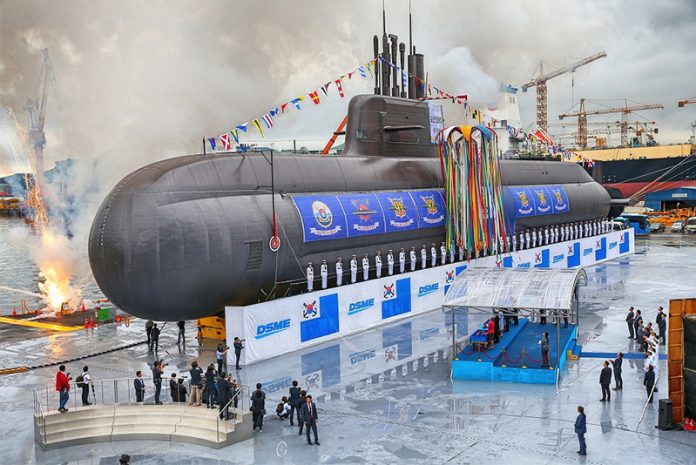By Jihoon Yu*
The members of AUKUS should expand the security pact to include South Korea. If they do, they will deepen and strengthen the partnership, enhance its technological capabilities and make the Indo-Pacific region more secure. (The Australian Strategic Policy Institute. The Strategist.)

